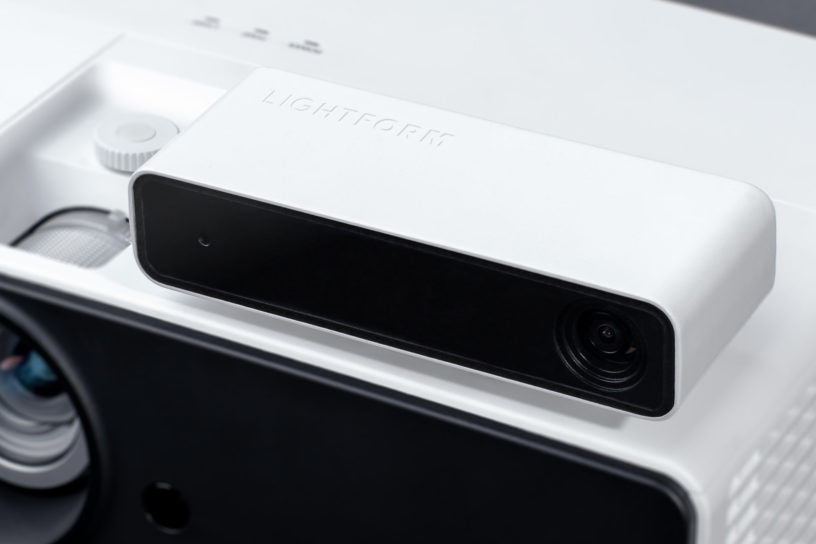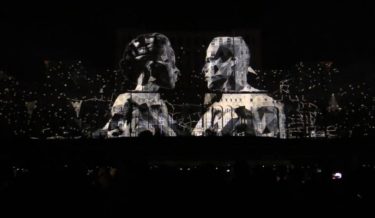Related post
HEXPIXELS – “C++ Punks”, a unit for realtime visual expression
Jan 21, 2016
|
Comments Off on HEXPIXELS – “C++ Punks”, a unit for realtime visual expression
3268
Motion-Tracking Video Turns a Conductor’s Movements into Awesome Art
Mar 20, 2017
|
Comments Off on Motion-Tracking Video Turns a Conductor’s Movements into Awesome Art
3467
WE ARE THEM: A Digital Love Story by Mindscape Studio for iMapp Bucharest
Nov 20, 2016
|
Comments Off on WE ARE THEM: A Digital Love Story by Mindscape Studio for iMapp Bucharest
2552



